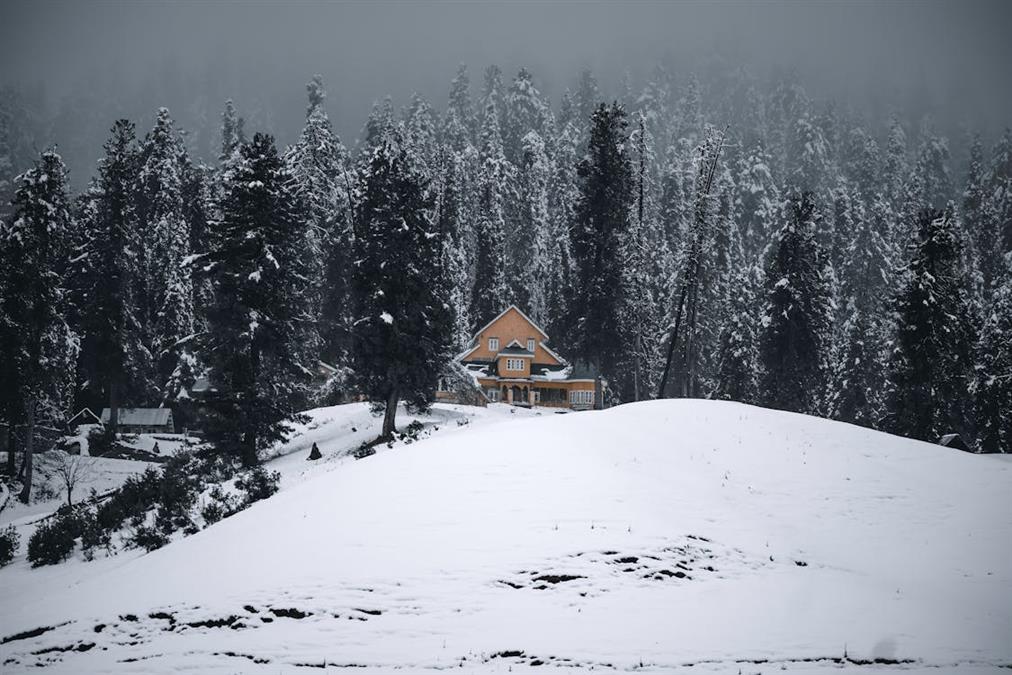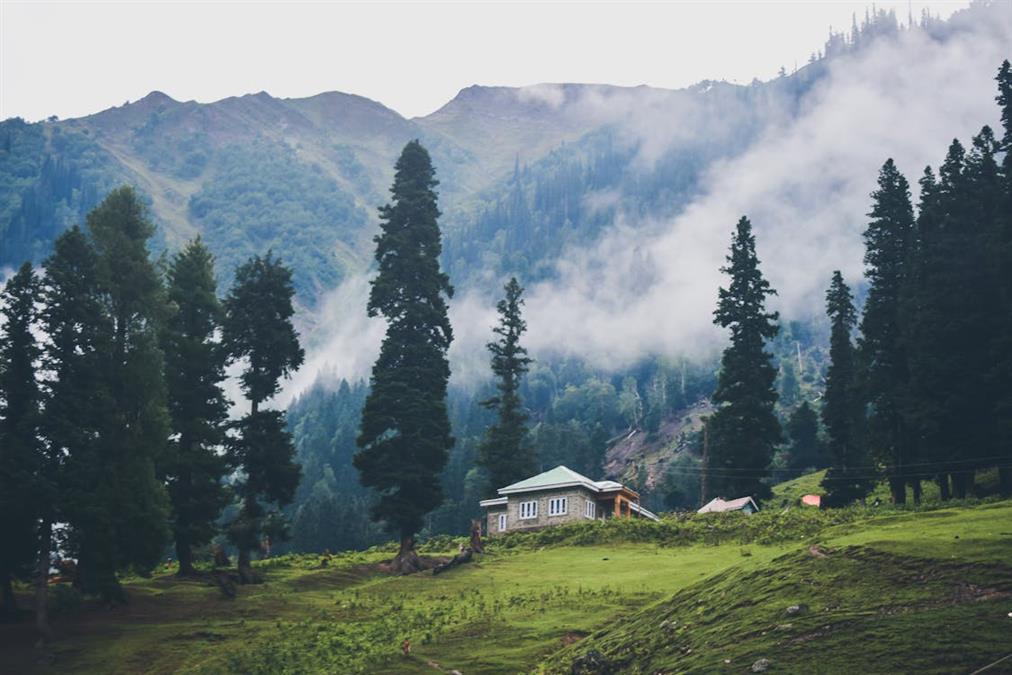Kashmir is a region located in the northern part of the Indian subcontinent, known for its breathtaking landscapes, rich culture, and historical significance. The region has been a subject of political and territorial disputes for decades, primarily between India, Pakistan, and China. Here's a detailed look at various aspects of Kashmir:
Geography
Kashmir is often referred to as "Paradise on Earth" due to its stunning natural beauty. It is situated in the northwestern part of the Indian subcontinent and is surrounded by the majestic Himalayas. The region boasts picturesque valleys, lush green meadows, pristine lakes, and snow-capped peaks. The famous Dal Lake in Srinagar and the Gulmarg hill station are among its most popular tourist destinations.
The Kashmir Valley is located in the Indian-administered state of Jammu and Kashmir (now reorganized into two Union Territories: Jammu & Kashmir and Ladakh) and is surrounded by Pakistan-administered Azad Jammu & Kashmir and Gilgit-Baltistan. It also borders China’s Xinjiang region in the northeast.
Culture and Heritage
Kashmir has a rich cultural and historical legacy. The region was historically known for its vibrant arts, including traditional music, dance, and craftwork. The Kashmiri shawls and carpets, particularly Pashmina wool, are famous worldwide for their quality and intricate designs. The architecture of Kashmir blends Islamic and Hindu styles, with magnificent examples such as the Shankaracharya Temple and the Mughal Gardens in Srinagar.
The cuisine of Kashmir is also renowned, especially for its unique dishes such as Rogan Josh (spicy lamb curry), Yakhni (yogurt-based meat dish), Gushtaba (meatballs in gravy), and Kahwa (a traditional green tea). Kashmiri food reflects the region's historical influences, particularly from Persian and Central Asian cuisines.
History
Historically, Kashmir was a thriving center of culture and learning. It was an important hub for Buddhism, Hinduism, and later Islam. In the 14th century, Islam became the dominant religion in Kashmir, though Hinduism remained influential, especially in terms of art, literature, and culture.
The region became part of the princely state of Jammu and Kashmir during British rule in India, and after the partition in 1947, it was offered the choice to join either India or Pakistan. The Maharaja of Jammu and Kashmir, Hari Singh, initially chose to remain independent, but as tribal militias and Pakistani forces attacked Kashmir, he decided to accede to India. This led to the first war between India and Pakistan, and the region was divided along the Line of Control (LoC), with India controlling the Jammu and Kashmir Valley, and Pakistan controlling Azad Kashmir and Gilgit-Baltistan.
The political dispute over Kashmir remains unresolved and has led to three wars between India and Pakistan (1947-48, 1965, and 1999) as well as continuous tensions in the region. The region has also witnessed insurgencies and militancy since the late 1980s, which have led to significant loss of life and a strained security situation.
Political Dispute
The core of the Kashmir conflict lies in territorial claims by India, Pakistan, and, to a lesser extent, China. India administers the Jammu and Kashmir Valley, Ladakh, and parts of the region known as the Aksai Chin, while Pakistan controls Azad Jammu and Kashmir and Gilgit-Baltistan. The region of Aksai Chin is also claimed by China.
In August 2019, the Indian government revoked Article 370 of the Indian Constitution, which had granted special autonomy to Jammu and Kashmir. This move was controversial, especially in the region, where it was seen as an infringement on Kashmiri rights and autonomy. The revocation led to widespread protests and unrest within the region, and the political situation remains highly sensitive.
Economic Situation
Kashmir's economy has been impacted by ongoing conflicts and instability, but it has traditionally been based on agriculture, tourism, and handicrafts. The region is known for its saffron cultivation, apples, and walnuts. The handicraft industry, especially Pashmina shawls, carpets, and papier-mâché items, plays a significant role in the local economy.
Tourism has historically been a major source of income, with millions of visitors drawn to the region's natural beauty, historical sites, and religious pilgrimage destinations. However, political instability and security concerns have severely affected the tourism industry in recent years.
Society and Religion
Kashmir's population is diverse in terms of religion and ethnicity. The majority of the population is Muslim, with a significant number of Kashmiri Pandits (Hindus), Sikhs, and Buddhists living in the region. The ongoing conflict and political instability have led to displacement, with a notable exodus of the Kashmiri Pandit community during the late 1980s and early 1990s due to insurgency and violence.
The Role of India, Pakistan, and China
The Kashmir issue has been a point of intense diplomatic, military, and political tension between India and Pakistan for over seven decades. Both countries claim the region in its entirety but administer different parts of it. They have fought wars over Kashmir, and numerous skirmishes and border conflicts continue to occur.






